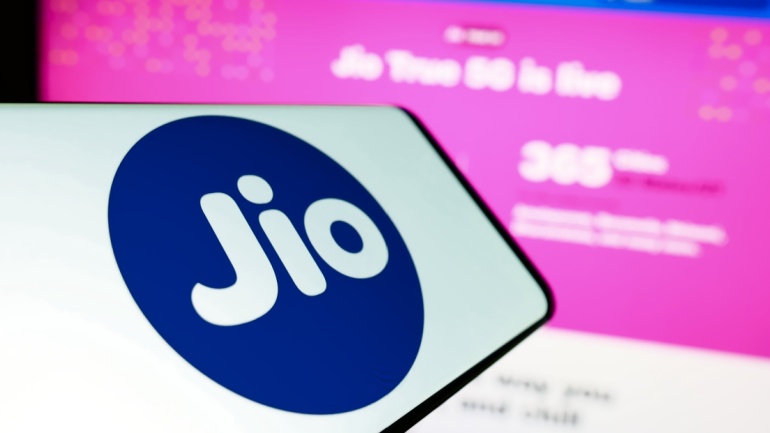T-Mobile US has agreed to acquire Vistar Media for $600 million, expanding into the DOOH advertising market. This acquisition aims to enhance T-Mobile’s advertising capabilities by combining its customer data with Vistar’s technology, targeting more personalized ad experiences.
The UK government has announced £7 million in funding for 120 AI-driven projects aimed at boosting business productivity. Managed by Innovate UK BridgeAI, the funding will support small enterprises in areas such as agriculture, infrastructure, and education.
Chinese engineers have developed technology to sever undersea communication cables, sparking concerns over potential sabotage. Patents for devices intended to cut cables, including one by Lishui University, suggest a cost-effective method for disruption.
Nokia has partnered with TenneT to deliver optical networking for eight 2GW platforms in the Dutch North Sea, supporting renewable energy transmission. Using its 1830 PSS DWDM technology, Nokia will enable efficient data and energy flow, ensuring offshore wind energy reaches millions of homes across Europe.
Virgin Media O2 will deactivate its 3G network in Durham by April 2025 as part of a UK-wide shutdown plan. Customers with outdated devices are urged to upgrade to maintain mobile services.
The UK has unveiled a £14 billion AI Opportunities Action Plan to boost economic growth, create over 13,000 jobs, and transform public services. Key initiatives include AI Growth Zones, a National Data Library, and expanded computing capacity.
Vodafone has sold its remaining 3% stake in Indus Towers for $330 million, marking its exit from the company. Proceeds were used to settle loans and increase Vodafone Idea’s ownership to 24.39%.
BT Group has placed the UK’s largest EV order, adding 3,500 electric vehicles to its fleet of over 27,000. Aiming for 8,000 EVs by 2026, this move aligns with its net-zero goal by 2031.
NXP’s strategic acquisition of TTTech Auto marks a pivotal enhancement in the automotive software realm. By integrating TTTech Auto’s safety systems and middleware expertise, NXP aims to revolutionize the automotive industry.
Reliance Jio Infocomm is accelerating its 5G services monetization through Jio AirFiber, targeting one million new users in a month. The company’s strategic drive for customer expansion aligns with its goal of potentially launching an IPO by 2025.













